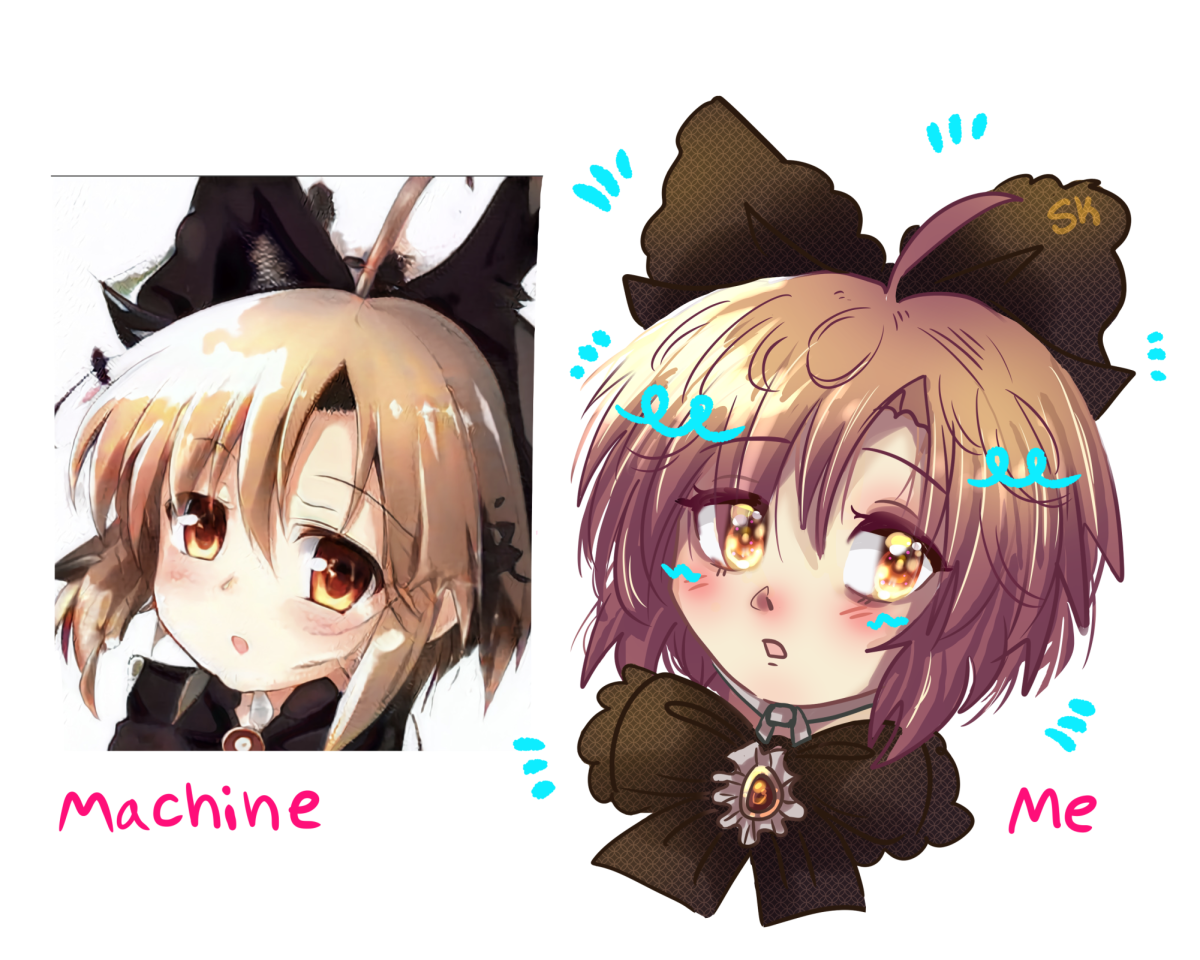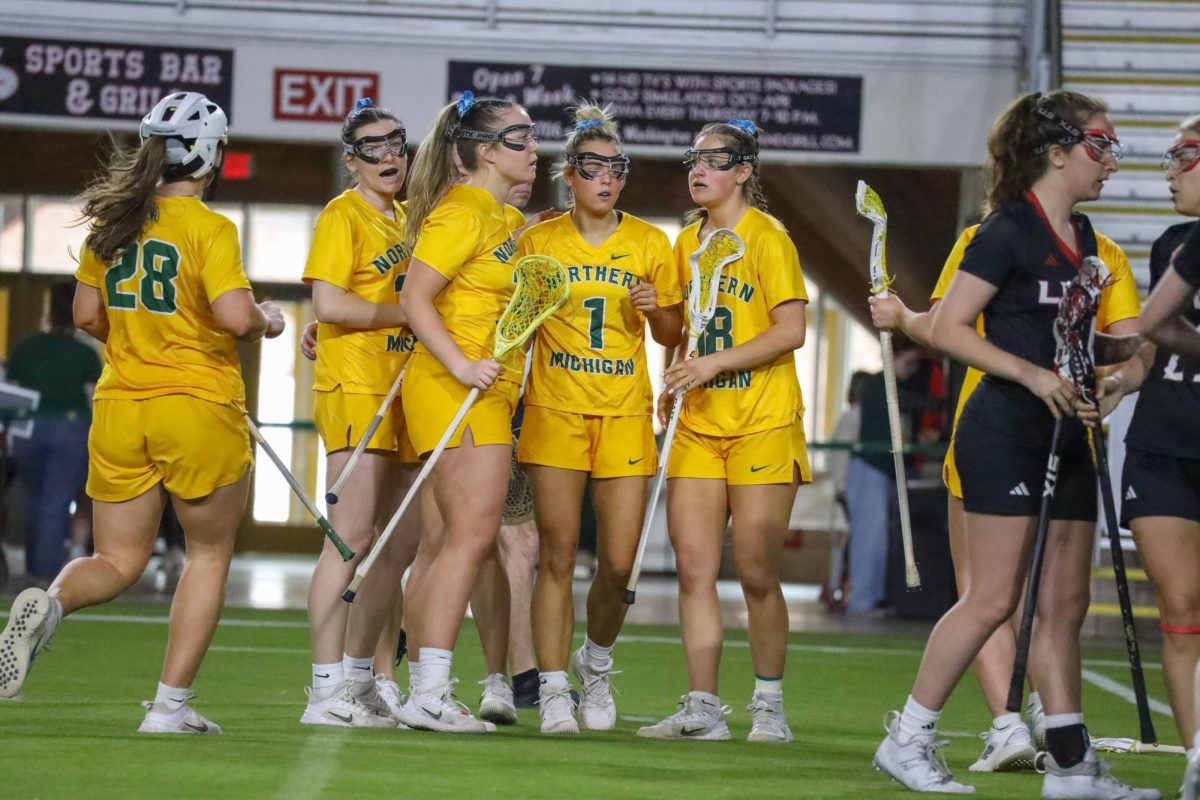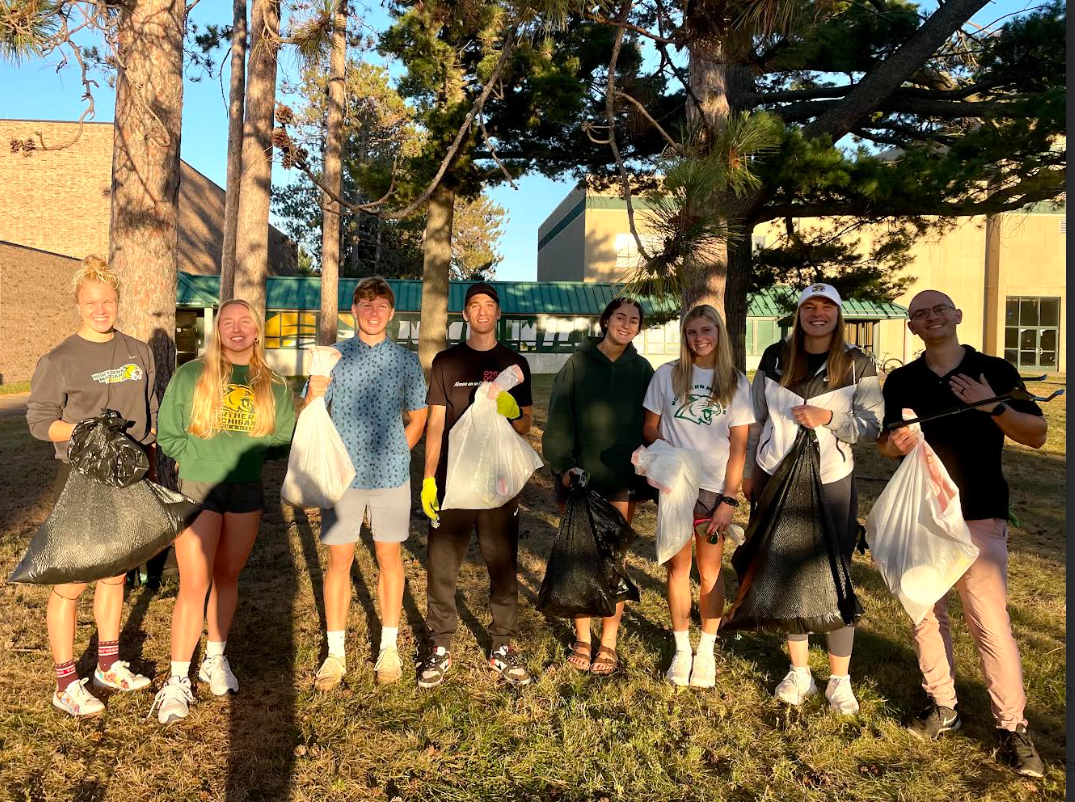Last week I was on YouTube watching music videos, when I noticed something odd on my screen –– a banner declaring that President Barack Obama would be on YouTube live. Curious, I clicked on the link and was treated to a streaming video of Obama answering questions from YouTube and Twitter live.People asked questions addressing Afghanistan, the economy and what the president plans to get the first lady for Valentine’s Day.
While I might not agree with most of Obama’s politics, I do think this was a brilliant move to really reach people in the 21st century.
When President Franklin Delano Roosevelt began giving his fireside chats over the radio during the Great Depression, he knew that this new technology would reach many more people than the traditional address to Congress. He was moving forward with the times. President Harry S. Truman continued this trend by making the first-ever televised presidential address in 1947.

For a long time, television was the way to reach people if a person really sought to get their message, product, politics and ideas across.
The 1960 presidential debate between John F. Kennedy and Richard M. Nixon is an often cited example of this. Both candidates seemed to be on even footing in terms of knowing the facts and debate skills, but viewers of the television broadcast –– noting the sickly appearance of Nixon, who had just finished a national campaign tour while ill, versus Kennedy, all smiles and big teeth –– thought that Kennedy had won in a big way. Listeners of the radio broadcast, however, hearing only the candidates’ words and not seeing their appearance, thought that Nixon had done as well or even better than Kennedy.
There were other debates, but this was the one with the biggest audience –– and the one that went the longest toward assuring Kennedy victory in the election.
Obama continues the tradition of using modern technology to his advantage –– and yes, most of it is probably to score political points with a potential re-election campaign coming up next year.
But the truth remains that Obama, in contrast to the preceding presidencies of George W. Bush and Bill Clinton, has done much to reach the American people as often as possible, as much as possible.
In his first year in office, Obama gave 158 interviews, a number far larger than his recent predecessors, according to a report on cbsnews.com. He gave 42 news conferences, double Bush’s 21. Now he’s doing what Bush never tried to do during his presidency –– he is using YouTube and social media to reach as many people as possible.
It doesn’t stop with Obama. Vice President Joe Biden answered questions over Yahoo, Council of Economic Advisers Chairman Austan Goolsbee and Education Secretary Arne Duncan took part in roundtable discussions on various websites, and White House communications director Dan Pfeiffer engaged in a question-and-answer session via twitter.
These steps really bring the entire administration into the living rooms of America and are a brilliant move to make us all aware of who makes up our administration and what their policies are.
If that interview on Jan. 27 had been on television, I never would have watched it. But there it was, an announcement boldly staring me in the face, challenging me to at least settle my curiosity and see what Obama had to say.
At times, I yelled at my laptop in frustration the way that some people likely will at their television for the Superbowl this Sunday. At times I laughed, or appreciated what he had to say. But whether I agreed or disagreed with the President, the fact remains that he reached me.
We have come a long way from the days of the 19th century presidents who would give speeches on the back of train cars, moving as quickly as possible from city to city to get their words, name and politics out there for the world to digest.
In the modern era, it is refreshing to see a president use the same media that the American people use every day. Even if I only watch to yell at my screen, I know as long as Obama and future administrations keep doing it, I will keep watching.

























Stephanie • Feb 3, 2011 at 2:41 pm
Obama has had a weekly address on youtube since he took office. It’s nice that you are now appreciating his efforts to reach out to the people two years after he started doing so. All of the information is out there, most people just aren’t aware of it.